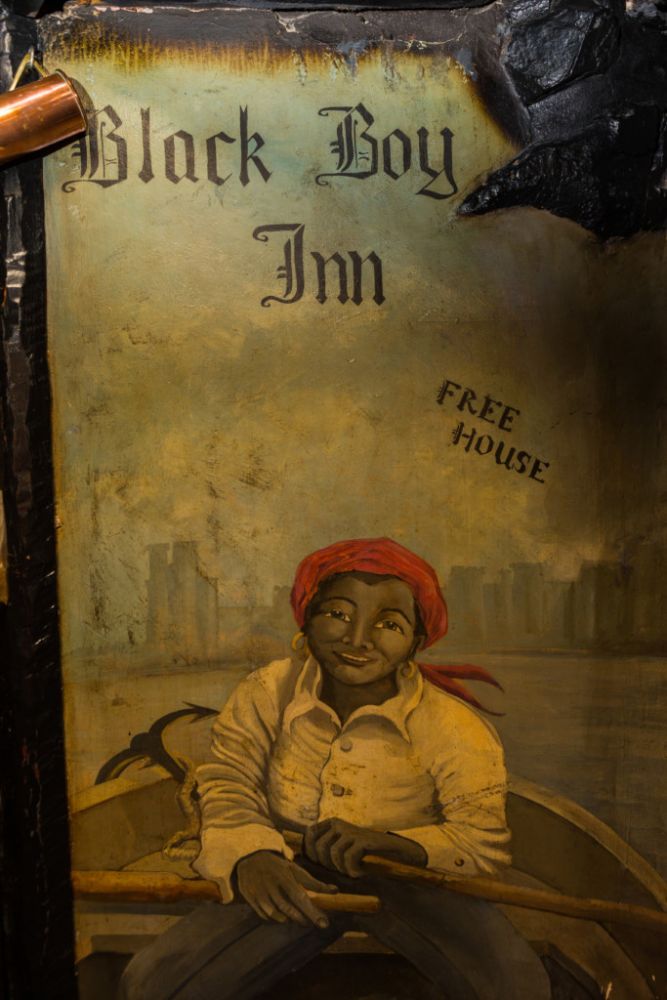Our pub ‘Black Boy Inn’ and Edwardian Building ‘Jac Ddu’ are named after John Ystumllyn. More than 200 years after his death, his story and life in North Wales still resonates.
According to the story, John was amongst one of the first black men to live in Wales, but whether this is true is hard to know, as people of colour were not often recognised in official records. Differently, John’s story, or at least some of it, did make history.
John was laid to rest in 1791 in Ynyscynhaearn churchyard, close to Criccieth, where he spent most of his life. The tale of his arrival to peaceful Gwynedd however, is, unfortunately, one of violence, trauma, separation, and slavery.
John Ystumllyn was controversially known as “Jack Black” or “Jac Ddu” in the Welsh language at the time, and he lived in Criccieth between 1742 to 1786. John, as you can probably guess, was not his real name. He was taken from Africa when he was just 8 years old.
Little is known about where in Africa, but it has been said John remembers being next to a river in the forest when the white men came to take him. He was kidnapped and taken from his mother who ran after them.
John’s mother never saw him again, as the boy was sent to the Ystumllyn estate in Criccieth on a ship, as a ‘gift’ to the upper-class Wynn family. He was christened in the local church as John Ystumllyn.
Despite the extremely traumatic beginning to his life, John overcame a lot of challenges brought his way, such as learning English and Welsh. He eventually became a well-respected member of the local community. He became a gardener, fell in love with the maid Margaret Gruffydd from Trawsfynydd, left his job, and ran away to marry her in Dolgellau.
The family eventually gave John his job and home back. He and Margaret had seven children. Two, unfortunately, died at a young age.
The story of John and Margaret Ystumllyn survived and spread in North Wales. It was passed down in folklore and was a testament to the resilience and enduring love against racial barriers and society’s class system. It was one of the very first records of a mixed-race marriage in Wales.
Despite the word ‘racism’ not existing at the time, doesn’t mean it wasn’t happening. Another side to John’s story suggests his community made him ill and upset. On two occasions, local lads thought it was funny to ‘black’ themselves up and imitate John. They went to stores and ordered things in his name. No matter how settled he became in the village, stories constantly went around of how he got there – all of which were likely to be traumatic for John to hear.
John was loved, protected, and protected by his family. His children lived to do great things – the eldest son ended up a huntsman at Glynllifon grounds, which at the time, was considered a very high-status job.
We hope to keep alive the memory of John Ystumllyn, the extraordinary first black resident in Wales.
October celebrates Black History Month. It was first launched in the UK in London in the 1980s, with the aim to challenge racism and educate people about British history which wasn’t taught as part of the regular curriculum. Black people have been in Britain for longer than some might have thought, but there has been a lack of representation of them in the history books.
You can educate yourself further on Black History Month on their website here. Alternatively, there is a list of 70 different sites which offer insight and information on Black History Month here.


